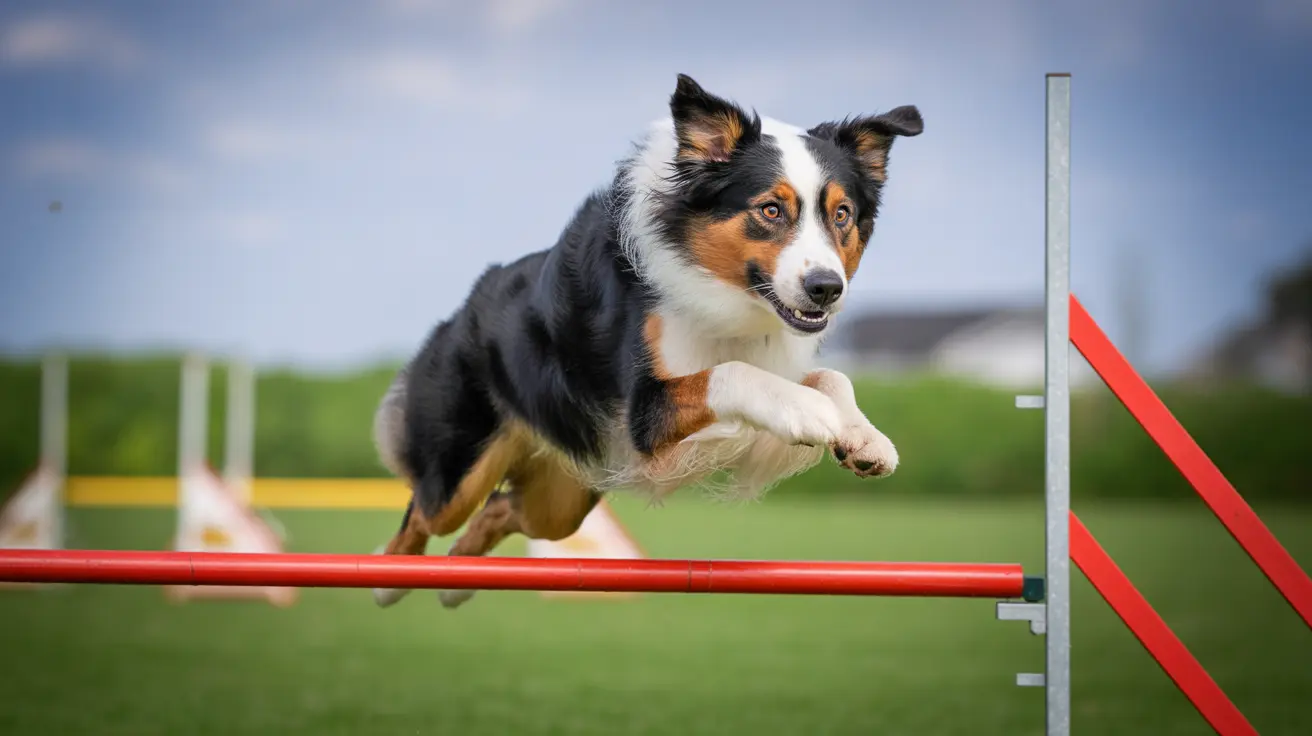The 7 Main Dog Breed Categories Explained
Dog breeds around the world are broadly organized into specific categories based on their physical traits, behavior, and historical use. The most widely recognized system is established by major kennel clubs such as the American Kennel Club (AKC), which classifies dog breeds into seven primary groups. These categories help prospective dog owners understand the characteristics and needs of different breeds.
1. Sporting Group
Sporting dogs are naturally active and alert, bred originally to assist hunters in retrieving game. These breeds are versatile in both land and water environments.
- Common breeds: Labrador Retriever, Golden Retriever, Spaniels.
- Traits: Energetic, friendly, intelligent.
- Ideal Owners: Active individuals and families who enjoy outdoor activities.
2. Hound Group
Hound breeds are known for their excellent sense of smell and stamina. Historically used for tracking and chasing game, they fall into two types: scent hounds and sight hounds.
- Common breeds: Beagle, Greyhound, Bloodhound.
- Traits: Determined, independent, keen senses.
- Ideal Owners: People who can offer ample exercise and mental stimulation.
3. Working Group
Working dogs are bred for practical functions like guarding, pulling sleds, or performing water rescues. These dogs are powerful, intelligent, and protective.
- Common breeds: Siberian Husky, Boxer, Rottweiler.
- Traits: Intelligent, loyal, robust.
- Ideal Owners: Experienced dog handlers and those seeking a devoted guardian.
4. Terrier Group
The Terrier group encompasses feisty, energetic dog breeds that were traditionally used to hunt and dig out vermin. They are bold, determined, and often quite vocal.
- Common breeds: Jack Russell Terrier, Scottish Terrier, Bull Terrier.
- Traits: Spirited, brave, curious.
- Ideal Owners: Families who can provide structured activity and training.
5. Toy Group
Toy breeds were bred for companionship and often reflect the same characteristics as their larger cousins in a smaller package. They are perfect lapdogs and adapt well to small living spaces.
- Common breeds: Chihuahua, Pomeranian, Japanese Chin.
- Traits: Affectionate, alert, sociable.
- Ideal Owners: Urban dwellers and elderly individuals looking for companionship.
6. Non-Sporting Group
The Non-Sporting category is a diverse group that includes breeds with various backgrounds and characteristics. These breeds don’t fit specifically into the other categories.
- Common breeds: Dalmatian, French Bulldog, Shiba Inu.
- Traits: Varied by breed but often adaptable and personable.
- Ideal Owners: Those looking for unique personality and physical traits.
7. Herding Group
Herding dogs were developed to control the movement of livestock. They are highly intelligent, trainable, and energetic.
- Common breeds: Border Collie, German Shepherd, Australian Shepherd.
- Traits: Focused, responsive, hardworking.
- Ideal Owners: Individuals with time and energy to train and mentally engage their dog.
Conclusion
Understanding the 7 dog breed categories can greatly aid in choosing the right companion for your lifestyle. Each group showcases breeds with specific skills and temperaments, which helps you match a dog’s characteristics to your environment and activity level. Whether you want a playful toy dog or a dynamic herder, knowing these categories is a step toward a harmonious pet-owner relationship.





